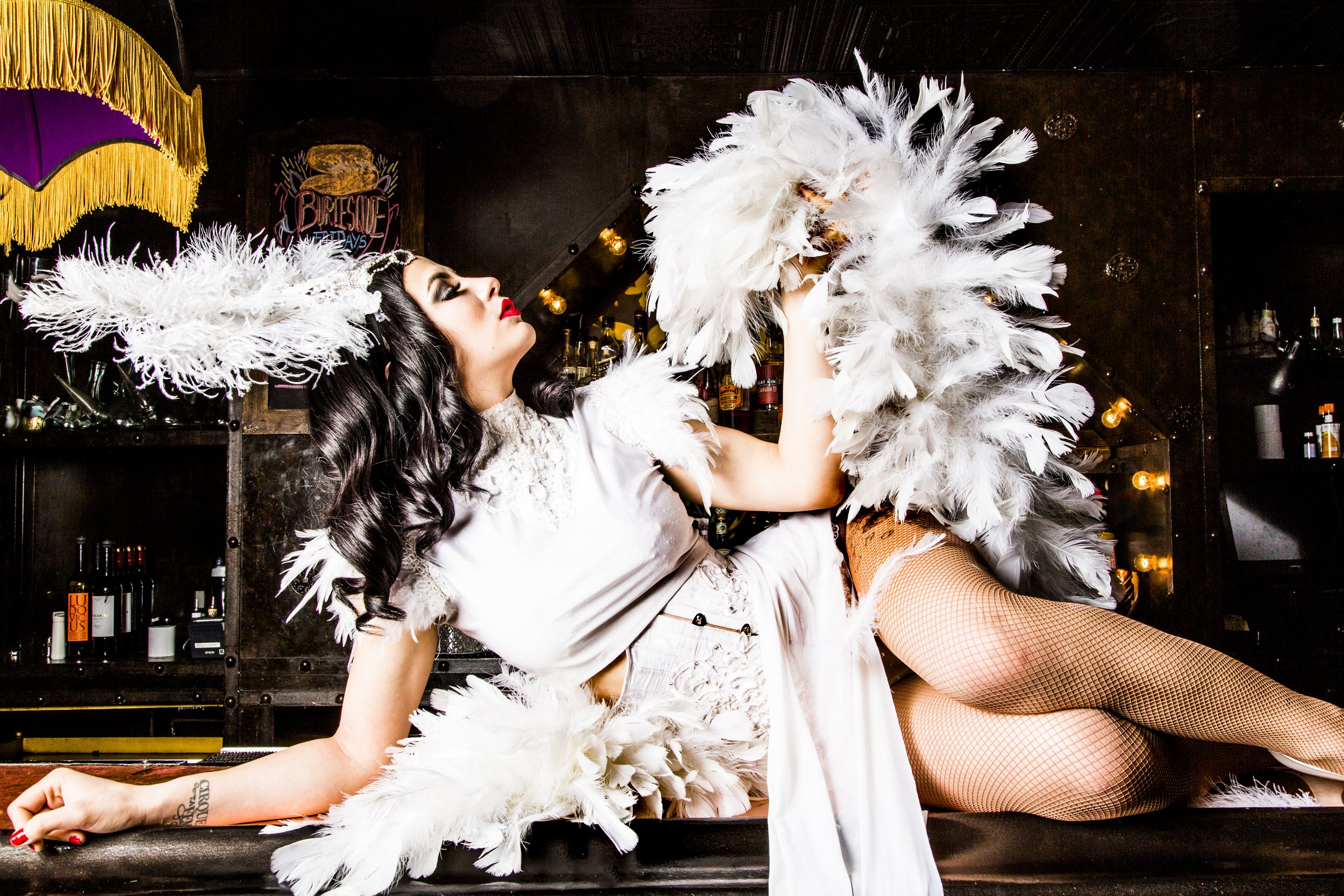A room with a view: The design details behind Beatnik On The River
Back in 2018, when the Fulton Market District was seemingly monopolizing new hospitality openings, Daniel Alonso — Bonhomme Group’s Founder and Creative Director — had his eyes set on the Chicago River.
The objective was simple: to create Chicago’s most beautiful riverfront terrace and to offer the Loop a restaurant that pushes the boundaries of maximalist design with a vast collection of exceptional antiques coupled with custom-designed pieces.
For Daniel and his design team at Maison Bonhomme, part of that task involved taking an entire 20-foot-by-20-foot Nashville jewelry store circa 1913 (original crystal chandeliers and sconces, mirror-clad bird’s eye maple interiors and all) and dropping it right in the middle of Beatnik On The River’s indoor space.
Maison Bonhomme then incorporated details such as the colorful pillow-topped Indonesian daybeds that have become a hit at the original Beatnik and on BOTR’s riverfront terrace and position those in front of floor-to-ceiling windows offering the same breathtaking river views as the outdoor space downstairs. Add in the colorful opulence of Moorish architecture and the tropical lushness of Bali brought to life with Persian rugs, Moroccan lanterns and lush green plants throughout and it quickly became apparent that Beatnik West Town’s riverfront sibling was much more than its stunning outdoor terrace.
When guests enter BOTR’s front door, they first encounter the main bar, a jewel itself clad in hand-painted glazed tiles — set in patterns inspired by the interior courtyards of Andalusia — and featuring more one-of-a-kind historical elements in the form of two massive futuristic vintage light fixture from the 1950s and a brass back bar created by repurposing a vintage bakery rack from a Paris patisserie. As interesting as those elements are, however, it will be hard not to focus on the bold Pucci-inspired wall coverings created with local visual artist and longtime Bonhomme collaborator Erik DeBat encasing the jewelry store.
That is, until guests enter the jewelry store space itself, which has been lovingly restored and put back together by a local master carpenter piece by piece. Essentially a breathtaking hall of mirrors with recessed mirrored niches and sliding-door cabinets once used for jewelry display and storage, the space includes a 12-foot French draper’s table with eight turned legs, three drawers and a lower shelf down the middle.
“From a design standpoint, I believe it’s essential to bring something historical and monumental to everything we do,” says Dani, who’s always on the hunt for interesting one-of-a-kind historical pieces and constantly thinking of how to curate and compose spaces with his new-found treasures. “Everywhere you look here, you’re constantly surprised.”








